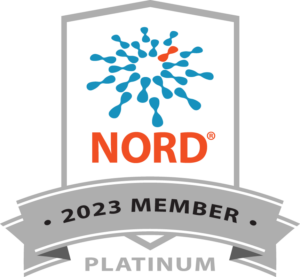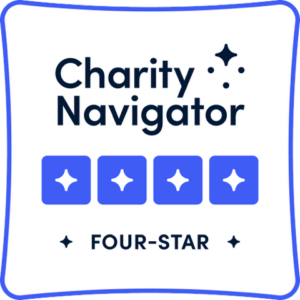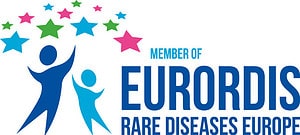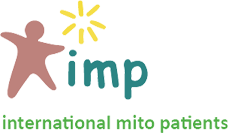Getting your teenager ready for challenging classes, making sure he pays attention to personal matters, teaching him to advocate for himself, as well as asking for extra help when it is needed are imperative actions for a high school student to learn. The real world suddenly enters the classroom, and all these new opportunities and choices are put before him.
A decision that you must make with your child is whether he is going to attain a diploma or a certificate of completion after completing four years of traditional high school. Diploma types can vary from state to state and from student to student. Diploma type depends largely on the student’s unique abilities and performance. Students may receive standard diplomas, certifications of attendance/completion/achievement, IEPThe skills that need to be taught by an educator or related services professional so that the child's educational needs are met. diplomas/Special Education diplomas, or occupational diplomas (in which a student has engaged in training to pursue an occupation post-graduate). You will want to check within your state and school district to find out what is required for your teenager to exit school with a diploma and the type of diploma that is expected to be achieved. Do understand that regardless of which type of diploma your teenager acquires, he will still be able to mark on a job application that he has graduated high school.
Teachers’ expectations are the highest in these four years. They are stressing the basic foundations of academic success by asking your teenagers to use critical thinking skills, increase their reading and writing abilities, and lastly making them aware of the social changes that are occurring all over the world. Emotionally it is important that high school teenagers take these necessary steps so they are prepared to interact with their families and communities once they graduate. For support in understanding what academic and emotional/social expectations will be expected by the time your child graduates high school, visit the following links listed below.
As your child nears his 16th birthday, he will have a new component written into the IEP – the Transition Plan. Your child is now invited to attend all IEP meetings to discuss his goals for life after graduation. It is not mandatory that he attends at this age, although it is highly recommended that he does. The school, with direction from the IEP, is now required to “facilitate the child’s movement from school to post-school activities,” as per IDEA 2004. Post-school activities include college, vocational training, integrated employment, adult education and/or services, independent living and community participation. Transition services are based on your child’s needs and may include:
1) Instruction
2) Related services
3) Community experiences
4) Development of employment and other post-school adult living objectives, and
5) If appropriate, acquisition of daily living skills and provision of a functional vocational evaluation.
One area of the Transition Plan that is not typically identified and addressed with specific goals that is absolutely vital to the Mito child is the health component. In 2002 the American Academy of Pediatrics (AAP) published a position paper that guides your child’s health-care providers facilitate transition into the adult world. According to the AAP, there are four elements that are key to successful health transition:
1) Include health-care providers along with other service providers in transition planningThe formal process for helping kids with Individual Education Plans (IEP) figure out what they want to do after high school and how to get there.
2) Promote opportunities for youth to be active in their own health-care decision making
3) Parental support for giving youth more responsibility and independence (balancing the need for safety with the child’s need for independence); and
4) Continuity between pediatric and adult health-care providers. (NCSET.org Parent Brief).
Focusing on the many medical needs of the Mito adolescent will allow the IEP team to address health needs within employment choices, college and independent living.
As parents, you want to make sure that your high school child is in a safe learning environment, with skilled teachers and strong leaders, which will aid him to succeed academically. It is also very important to obtain “user-friendly information,” which are key pieces of information that should include a school’s graduation requirements, graduation and dropout rates, and student performance on state tests. Finally, preparing for college, filling out applications and waiting to hear where your child will go for his career choice or professional schooling are hallmarks of this stage.
The pressures of a Mito high schooler are both emotional and educational. Attendance continues to be an issue, as well as the inability to attend daily for long periods of time without rest. Often IEP’s can support and accommodate high schoolers as they realize that they are nearing the end of one journey. Depending on the symptoms with which the Mito high schooler presents, fatigueThe overall feeling of tiredness or lack of energy. It is not the same as simply feeling drowsy or sleepy. Being fatigued means having no motivation or energy., eye strain/vision issues, migraines, hormonal changes, body frailty due to increased academic stressors and emotional pressures can easily exacerbate symptoms that may have appeared dormant for a while. Again, with proper supports all is possible academically.
Please view these additional resources:
- Developmental, social and academic expectations of high school students
- Homework help sites for High School students
- College Board – National College Searching and College Testing Requirements
- The National Center on Secondary Education and Transition publication list.
- Transition Planning tips by Wright’s Law
- American Academy of Pediatrics










